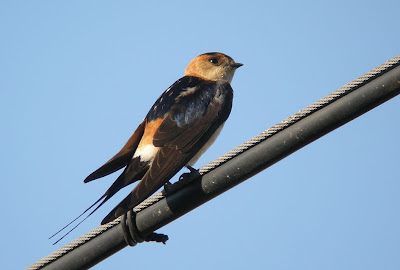There’s a mound of letters on the kitchen table, a string of messages on the answerphone, two suitcases stuffed full of clothes to be washed, and a camera bursting with memories of Skiathos.
Outside, and after two weeks of unremitting Greek sunshine there’s the forgotten sound of rain and the unwelcome sight of grey British skies. Looking to the bottom of the garden I can see the barbecue cover plastered over the berberis - no need to enquire of recent weather then? So instead I’ll spend an hour or two updating the blog and then worry about other normalities of life.
There was WiFi at The Ostria but with a wedding to attend, and a burning desire to explore beautiful Skiathos once more after a visit in 2007, the best I could manage on the Internet was a couple of sessions with clumsy big fingers over a tiny Asus netbook. So apologies to message leavers and blog followers, I will catch up with you all as soon as poss.
Hotel Ostria is tucked away in a secluded spot some 50 yards from the main coastal road which runs through Agia Paraskevi, a little tourist spot some five miles from the hustle and bustle of Skiathos Town. The resort has a fine beach, lovely surrounding countryside and most importantly, more than enough tavernas to satisfy a 14 night stay. Skiathos Town is a Euro 1.60 bus ride away for the obligatory shopping trips or to board a ferry or tourist boat to neighbouring islands. Angela Merkel is not popular in Skiathos where tee shirts or advertising boards bearing legends deride the German Chancellor.
Skiathos Town
Skiathos Town
Boat Trip Skiathos
At this point I give an unashamed plug to The Hotel Ostria run by the wonderful Matthinou family, together with my recommendation that should anyone wish to visit Skiathos there cannot be a finer, more welcoming and peaceful place to stay. “Arrive as a guest, leave as a friend” seems to be the family’s working mantra. In a lovely hillside setting and with less than 30 rooms this small hotel has beautifully spacious grounds with vegetable plots, varied fruit trees and vines, the origin of much of the food which is served. Makis is justly proud of his fine Aubergines.
Makis at Hotel Ostria
Apart from the resident Hooded Crows and House Sparrows the first bird I saw here was a juvenile Red-backed Shrike which frequented the hedgerow leading down to Makis’ vegetable plot. There was an eclectic mix of species in the grounds of the hotel or along the nearby lanes, both Red-rumped Swallows and Barn Swallows hawked the swimming pool and on cooler mornings, Common Swifts or Alpine Swifts above plus regular parties of Bee Eaters. Spotted Flycatchers were daily inhabitants of the hotel's grounds.
The commonest small bird around the hotel, and possibly the island was the humble Great Tit, perhaps due to the species ability to exploit the countless nesting cavities in the millions of olive trees which cover the island.
Red-backed Shrike
Bee Eaters
Spotted Flycatcher
House Sparrow
Great Tit
Back to normal soon for Another Bird Blog with more Skiathos pictures, new book reviews and local news.
So don't forget to ‘click the pics’ and remember, you read it here first. And I'm linking today to Stewart's Gallery .
So don't forget to ‘click the pics’ and remember, you read it here first. And I'm linking today to Stewart's Gallery .





































































.jpg)












